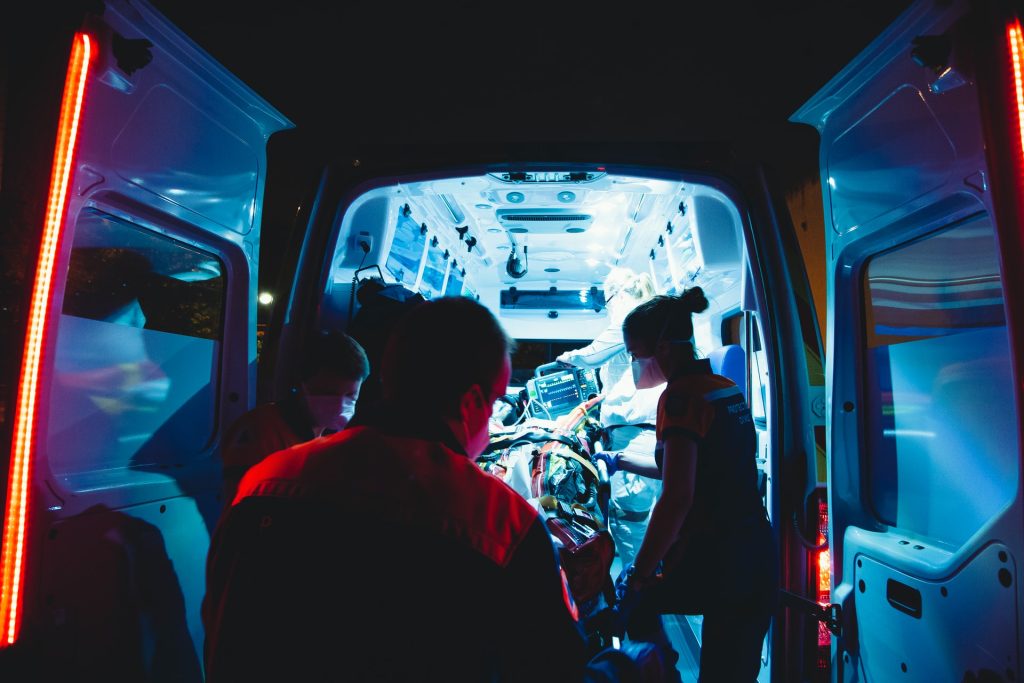
In a study published in JAMA Network Open, researchers found that after a visit to the ED, many opioid overdose patients carried naloxone, which helps reverse opioid overdoses, which could save their lives in the event of a future overdose.
About 70% of current overdose deaths in the US involve opioids, which means that many of them could be prevented with naloxone. Naloxone is an opioid antagonist, blocking the effect of opioids in overdoses and able to save lives when used in time. It is easy to carry and use, and studies have demonstrated that laypeople can administer it safely and effectively to reverse overdoses.
However the people most likely to witness an overdose, including opioid users and their friends and relatives, may not be able to easily obtain naloxone. Strategies are needed to increase uptake, carrying, and administration of naloxone, especially among at-risk individuals in the community who may not be engaged in routine health care or with community naloxone distribution efforts.
Many at-risk individuals find themselves in the emergency departments (ED), either because of an overdose or other complications of substance use. The Perelman School of Medicine’s Anish Agarwal, an assistant professor of emergency medicine, and Margaret Lowenstein, an assistant professor of medicine, recently examined the potential for ED visits as a critical, reachable moment to engage high-risk individuals in overdose prevention. The team reached out to at-risk patients prescribed naloxone in the ED to understand whether they had obtained their naloxone during or after their ED visit, whether they were carrying it, and their plans to carry it in the future.
The survey asked patients about their experiences and perceptions following the ED encounter related to accessing, using, and carrying naloxone. Most of the patients did not carry naloxone prior to their ED, yet over a third reported having a personal history of an overdose requiring naloxone, and more than a quarter had used naloxone to reverse an overdose for another person in the past. Approximately half of the patients said that they were carrying naloxone after their ED visit, and two-thirds planned to continue carrying. And of patients not carrying naloxone prior to their ED visit, 54% reported a plan to continue carrying it in the future.
Source: University of Pennsylvania

